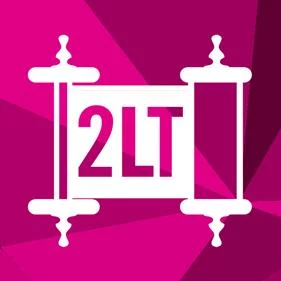Two-Line Torah: Passover 5777–Special Edition

Over the course of the week-long holiday of Passover, we read Torah several times. Slowly, but surely, reading from passages in Exodus, Leviticus, Numbers and Deuteronomy, we tell the whole story of the exodus from slavery in Egypt, the parting of the red sea, the instructions for how the holiday was to be celebrated in the Temple, the customs around avoiding hametz (leavened foods) and eating matzah, and the commandment to tell your children the story in the first person. It’s an amazing example of the formation of Jewish holiday traditions over time: A transformative event happens and our ancestors’ first move is to figure out how to remember, commemorate, celebrate it. What they put in place was designed to stand the test of time.
In the case of Passover, though other traditions have layered on over the millennia, the essential ideas have endured. We remember the exodus and tell its story as if it was our own story. We change our diet and our behaviors, eating matzah and calling it both the bread of affliction and the bread of freedom. Over time our people created the seder and the haggadah, songs were written and stories were added, connecting the experience of communal memory with reality of contemporary life.
So as you celebrate Passover on your campuses, in your communities, with your families or friends or strangers, take a moment to reflect on how you are connecting with and reenacting a tradition that has endured for thousands of years.
Rabbi Jessica Lott is the interim director of the Meyerhoff Center for Jewish Experience at Hillel International.